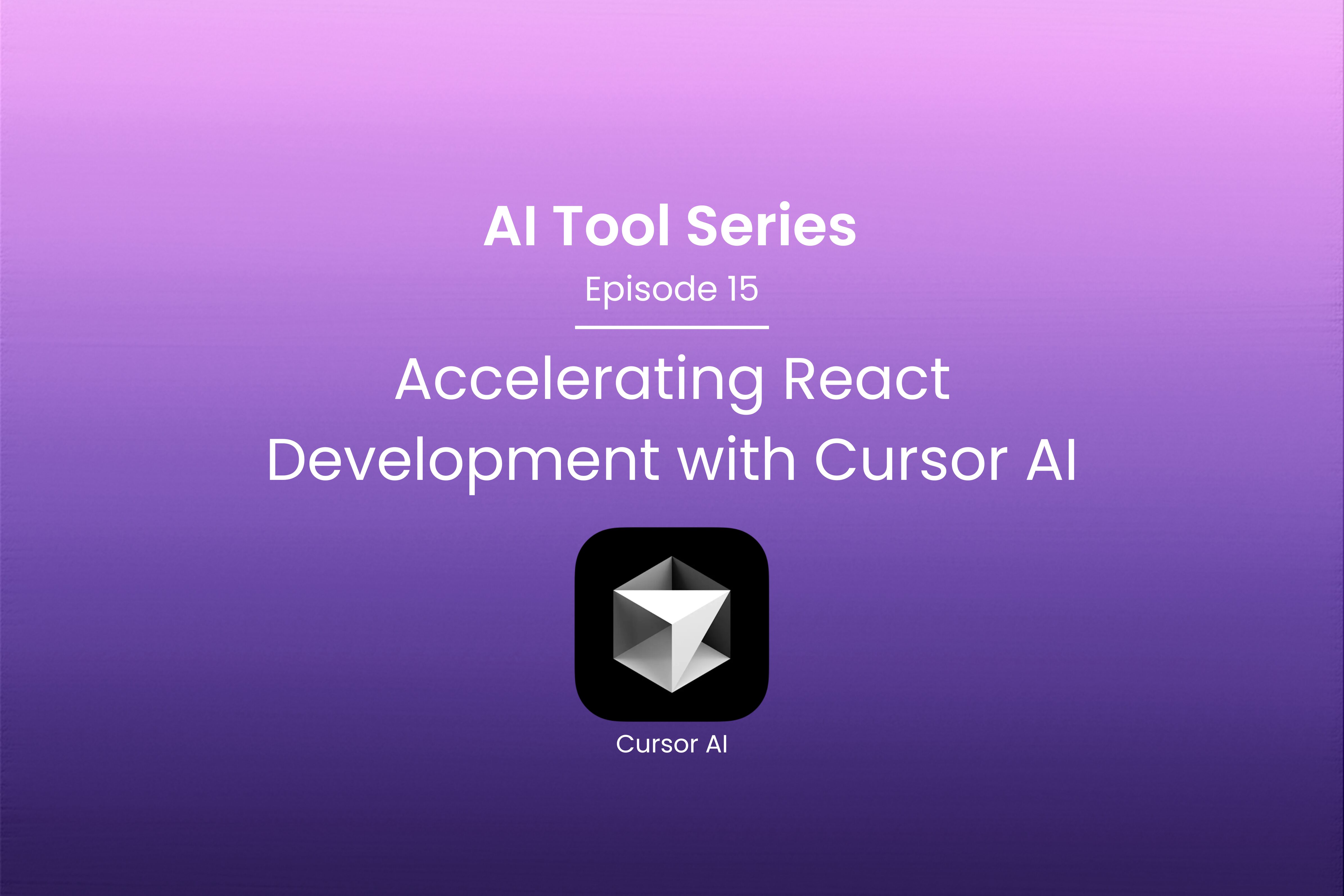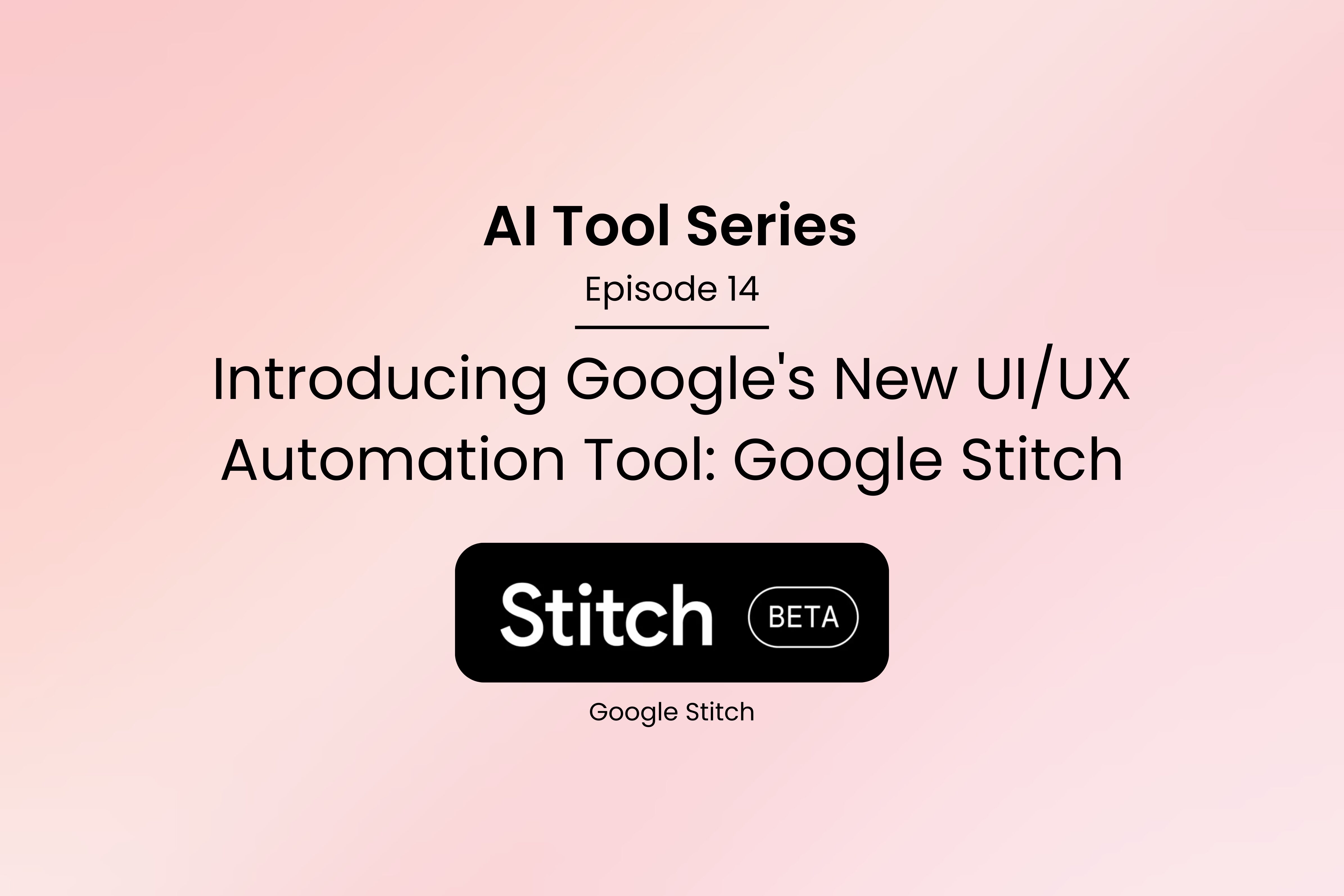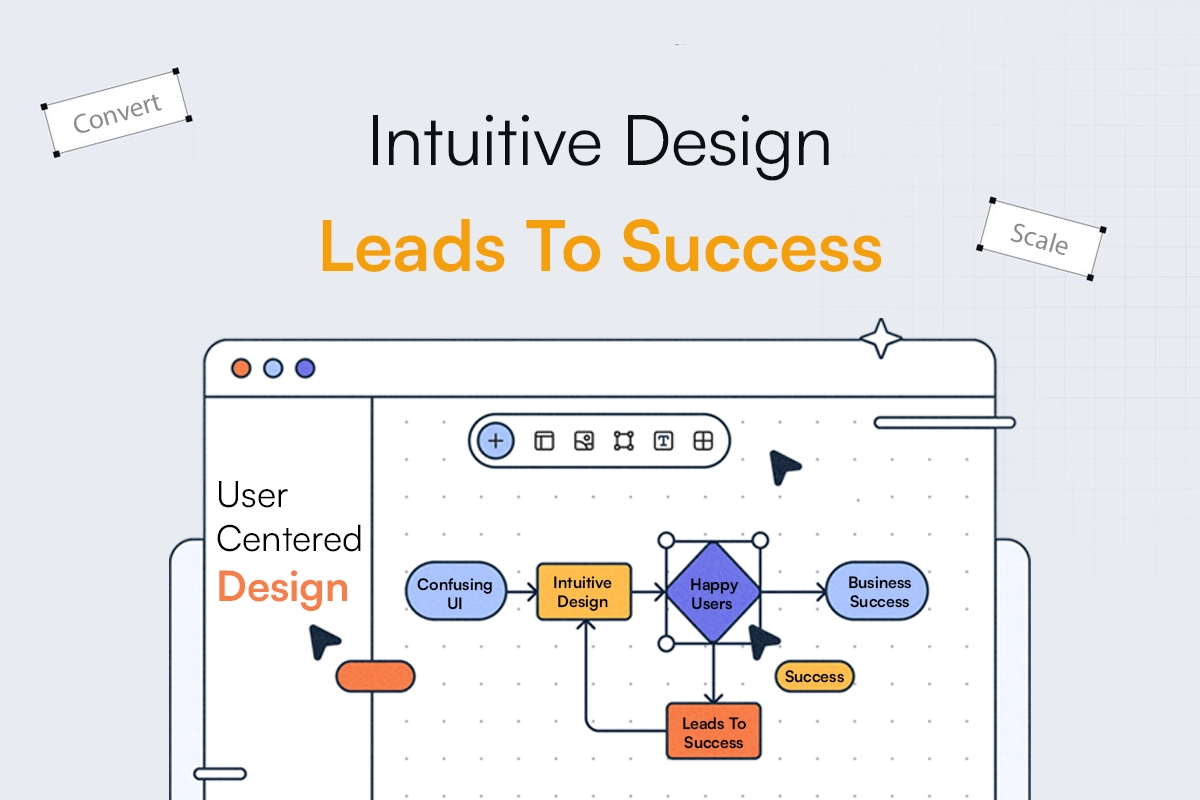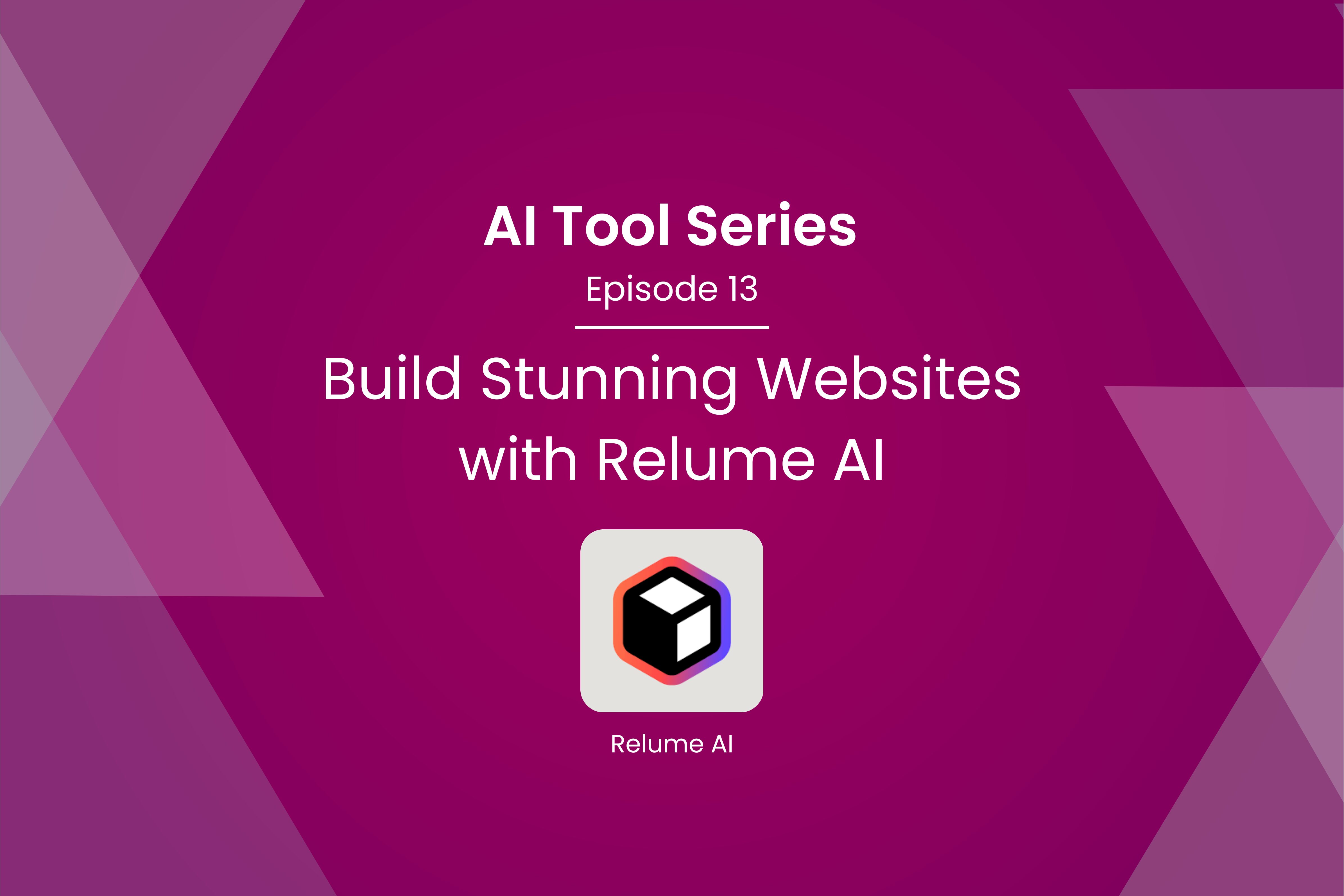Mobile App Development 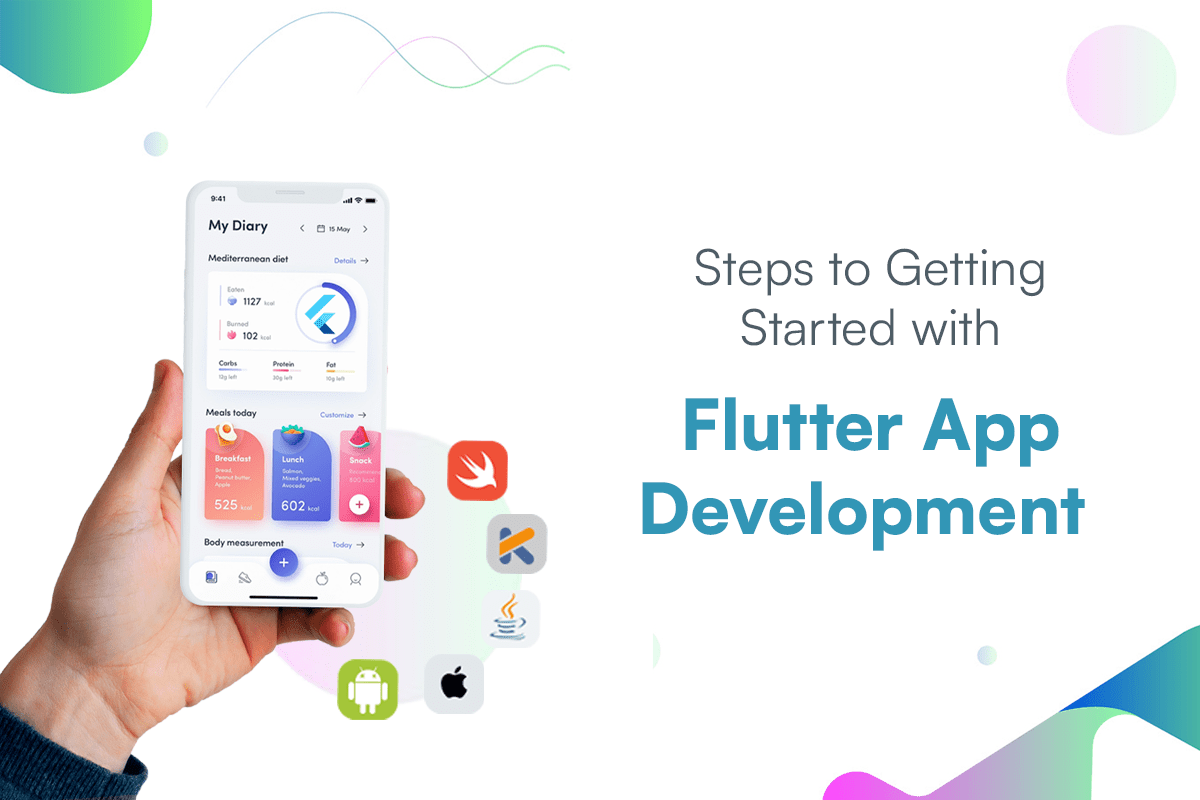

Getting Started with Flutter

Introduction to Flutter
Flutter is an open- source frame developed by Google, which allows inventors to make high-performing, native mobile apps for iOS and Android platforms using a single codebase. It uses the Dart programming language, which is also developed by Google and provides an ultramodern and reactive way to develop mobile operations.
- With Flutter, inventors can produce beautiful, presto, and smooth apps that have a native look and feel.
- It provides a rich set of pre-designed contraptions and important UI capabilities, making it easy to produce stunning stoner interfaces.
- The frame also comes with a hot- reload point, allowing inventors to see the changes in real- time as they develop, which greatly speeds up the development process.
- One of the crucial advantages of Flutter is its performance. It uses a picture machine called Skia to draw plates directly on the screen, bypassing the native UI factors, which results in smooth and fast robustness and transitions.
- Flutter apps can also use native features and APIs, giving inventors full access to the device’s tackle capabilities. also has a vibrant and growing community, with active support from Google and other inventors.
- There are multitudinous libraries and packages available to extend the functionality of Flutter apps, making it easy to integrate with other services and technologies.
Architecture of Flutter
The Flutter tool incorporates three architectural layers:
- Framework: Flutter technology’s most prominent aspect is its framework, which stands out as the highly visible component. It is based on the Dart programming language.
- Engine: Written in C/C++, this layer provides graphics, accessibility support, text layout and other essential APIs.
- Embedder: Flutter leverages a platform-specific embedder as an enabler, enabling seamless execution of Flutter apps across diverse operating systems.
Getting Started with Flutter
Flutter framework does a great job by providing an excellent framework to build IOS & Android Mobile Applications in a true platform independent way
Installing Flutter and setting up the development environment :
Step1: Download Flutter
- You can get the Flutter SDK by going to https://flutter.dev/docs/get-started/install.
- For your operating system (Windows, macOS, or Linux), select the relevant download link.
- Immediately after the download is finished, extract the file to a spot on your computer.
Step 2 : Set up Flutter Environment Variables
Add the Flutter binary directory to your system’s PATH environment variable:
- Windows:
- The PATH environment setting on your machine should now include the Flutter binary directory:
- Find “Environment Variables” in the Start menu, then click “Edit the system environment variables.”
- Select “Environment Variables” from the window’s bottom right corner.
- Select “Path” from the list of “System Variables” and then click “Edit”.
- Add the path of the Flutter bin directory by clicking “New” and typing “C:flutterbin,” for example.
- macOS/Linux:
- Open a terminal and run the following command to open your shell profile file:
(e.g., ~/.bash_profile, ~/.bashrc, ~/.zshrc):
$ open -e ~/.bash_profile
- Add the following line at the end of the file: export PATH=”$PATH:/path/to/flutter/bin”
- Run the following command to apply the changes: $ source ~/.bash_profile
- Run flutter doctor to check all the installation is completed or having some issue
Step 3: Installing IDE
Flutter has great support for various IDEs, such as Visual Studio Code, Android Studio, and IntelliJ IDEA
Install the Flutter and Dart plugins in your preferred IDE for a better development experience
Creating your first Flutter project :
Step 1.
- Make sure you have correctly installed flutter on your computer. If not, follow the instructions in the above installation guide to install.
- Open a terminal or command prompt..
- Firstly, navigate to the desired directory where you intend to initiate your Flutter project.
- Next, execute the prescribed command below to create a new Flutter project
$ flutter create my_first_app
Step 2.
- Connect your device or start an emulator.
- Navigate to the project directory: $ cd my_first_app
- Run the app on the connected device/emulator: $ flutter run
This command will build the app and launch it on the device/emulator.
Understanding the basic structure of a Flutter app:
The basic structure of a Flutter app consists of several files and folders. Here’s a breakdown of the main components you’ll typically find in a Flutter project:
- android: This folder contains the Android-specific configuration and files for your Flutter app, including the AndroidManifest.xml file and build.gradle files.
- ios: Similarly to the “android” folder, the “ios” folder contains the iOS-specific configuration and files, including the Info.plist file and the Runner.xcworkspace file.
- lib: This folder is where you write most of your Flutter app’s code. It contains the Dart code that defines the user interface, business logic, and other functionality of your app. The main.dart file within this folder is typically the entry point of your app.
- test: The “test” folder is used for writing tests for your Flutter app. It typically contains files with “test” suffixes, where you can write unit tests, integration tests, or widget tests to verify the correctness of your app’s behavior.
- pubspec.yaml: This file is where you define your app’s dependencies and specify other project-level settings. It also allows you to manage packages, assets, and other resources used in your app
- assets: The “assets” folder is where you can store static files such as images, fonts, or other resources that your app needs. You can reference these assets in your code using their file paths
- pubspec.lock: This file is automatically generated and contains the precise versions of the dependencies that were resolved when running “flutter pub get” or “flutter pub upgrade”. It ensures that the same versions of dependencies are used across different development environments
Conclusion
In summary, Flutter is an important frame that simplifies the development process for creating cross-platform mobile apps with a native- suchlike experience. Its performance, hot- reload point, and growing community make it an excellent choice for inventors looking to make high- quality mobile operations.


